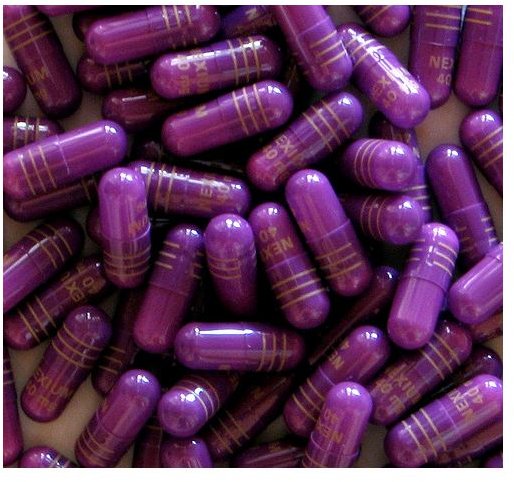Considering Surgery for Lower Esophageal Sphincter Strengthening to Relieve GERD
Why the LES Is So Important
The lower esophageal sphincter, or LES, is the defining border between the esophagus and the gastric juices and digesting food in the stomach. The LES must be closed so that stomach acids and partially digested food do not splash back up into the esophagus, which irritates and eventually damages the very sensitive lining of the esophagus, the mucosa. When the LES is inhibited, weak or damaged, which can be the case for myriad reasons, such as the use of some prescription medications, unhealthy lifestyle habits, a hiatal hernia and pregnancy, corrosive back splash is likely.
Making simple lifestyle modifications and changing dietary habits can greatly improve gastrointestinal reflux disease (GERD) symptoms. Others may choose one of the many available over-the-counter or prescription medications to effectively control acid reflux, although there are side
effects and some people do not like the idea of depending on a medication to relieve symptoms. Examining all available options there are even helpful herbs which can protect and heal tissue, but still the LES is weak and acid reflux symptoms will probably occur, even if only occasionally. The essential problem of a lower esophageal sphincter that needs to be strengthened still exists.
Who Is GERD Surgery For?
For patients who have not responded to preliminary forms of treatment and for those who are not comfortable making changes or taking medications, having surgery may be an option. Leaving GERD alone and allowing the lining of the esophagus to continually be subject to irritation and damage can lead to more serious health problems down the road, including esophageal cancer. Today laparoscopic surgery can be performed for lower esophageal sphincter strengthening. It is not without its own side effects and risks, but with an excellent surgeon it can yield a very positive outcome.
Fundoplication
The main surgical procedure to tighten the LES is laparoscopic fundoplication. This procedure is minimally invasive, preventing the risks involved with traditional surgery. Small incisions are made to allow a laparoscope through the upper torso. The chest cavity is inflated and with the aid of the small video camera and light source of the laparoscope, the surgeon is able to work. With this procedure the upper portion of the stomach, the fundus, is wrapped around the lower part of the esophagus, thus tightening and ideally improving the strength and capability of the LES.
Risks Involved
There are risks involved that are inherent to any surgical procedure, such as infection, the body reacting poorly to anesthesia and surgical mistakes. While rare they are real and should be considered. Tightening the LES can also lead to side effects such as increased gassiness and bloating and difficulty swallowing.
Only a small percentage of acid reflux sufferers are candidates for surgery. For those who have not had success with other treatments, who do not want to continue with medication or who are at risk for further complications, surgery for lower esophageal sphincter strengthening may be the best chance for curing the chronic problems associated with GERD. It is important to consider that not all patients will improve after surgery and even after having this procedure it is possible for acid reflux to return.
References
WebMD, https://www.webmd.com/heartburn-gerd/guide/treating-with-surgery
Sklar, Jill and Annabel Cohen. “Eating for Acid Reflux.” (Marlowe and Company, 2003).
photo by Rennet Stowe
